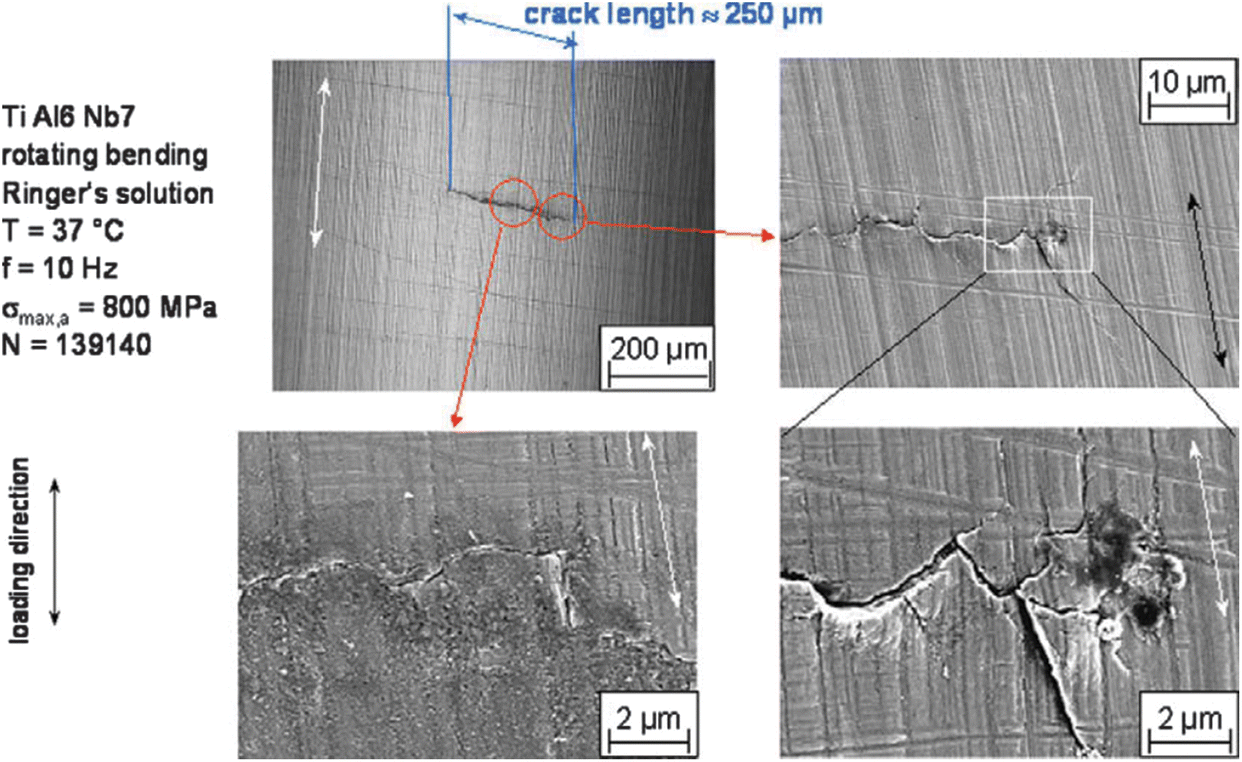

The concept of Ct was first proposed by Fritz Haber and is sometimes referred to as Haber's law, which assumes that exposure to 1 minute of 100 mg/m 3 is equivalent to 10 minutes of 10 mg/m 3 (1 × 100 = 100, as does 10 × 10 = 100).
I doser version 4.5 (cracked) over 200 doses skin#
These measures are commonly used to indicate the comparative efficacy of chemical warfare agents, and dosages are typically qualified by rates of breathing (e.g., resting = 10 l/min) for inhalation, or degree of clothing for skin penetration. ICt 50 is the dose that will cause incapacitation rather than death. It is often expressed in terms of mg-min/m 3. These measures are used more commonly within radiation health physics, as survival beyond 60 days usually results in recovery.Ī comparable measurement is LCt 50, which relates to lethal dosage from exposure, where C is concentration and t is time. The related quantities LD 50/30 or LD 50/60 are used to refer to a dose that without treatment will be lethal to 50% of the population within (respectively) 30 or 60 days. For this reason, LD 50 figures are often qualified with the mode of administration, e.g., "LD 50 i.v." Lethal dosage often varies depending on the method of administration for instance, many substances are less toxic when administered orally than when intravenously administered. Measures such as "LD 1" and "LD 99" (dosage required to kill 1% or 99%, respectively, of the test population) are occasionally used for specific purposes. However, this also means that LD 50 is not the lethal dose for all subjects some may be killed by much less, while others survive doses far higher than the LD 50. The choice of 50% lethality as a benchmark avoids the potential for ambiguity of making measurements in the extremes and reduces the amount of testing required.


But in this case, the exposure time is important (see below). For substances in the environment, such as poisonous vapors or substances in water that are toxic to fish, the concentration in the environment (per cubic metre or per litre) is used, giving a value of LC 50. Stating it this way allows the relative toxicity of different substances to be compared, and normalizes for the variation in the size of the animals exposed (although toxicity does not always scale simply with body mass). The LD 50 is usually expressed as the mass of substance administered per unit mass of test subject, typically as milligrams of substance per kilogram of body mass, sometimes also stated as nanograms (suitable for botulinum), micrograms, or grams (suitable for paracetamol) per kilogram.


 0 kommentar(er)
0 kommentar(er)
